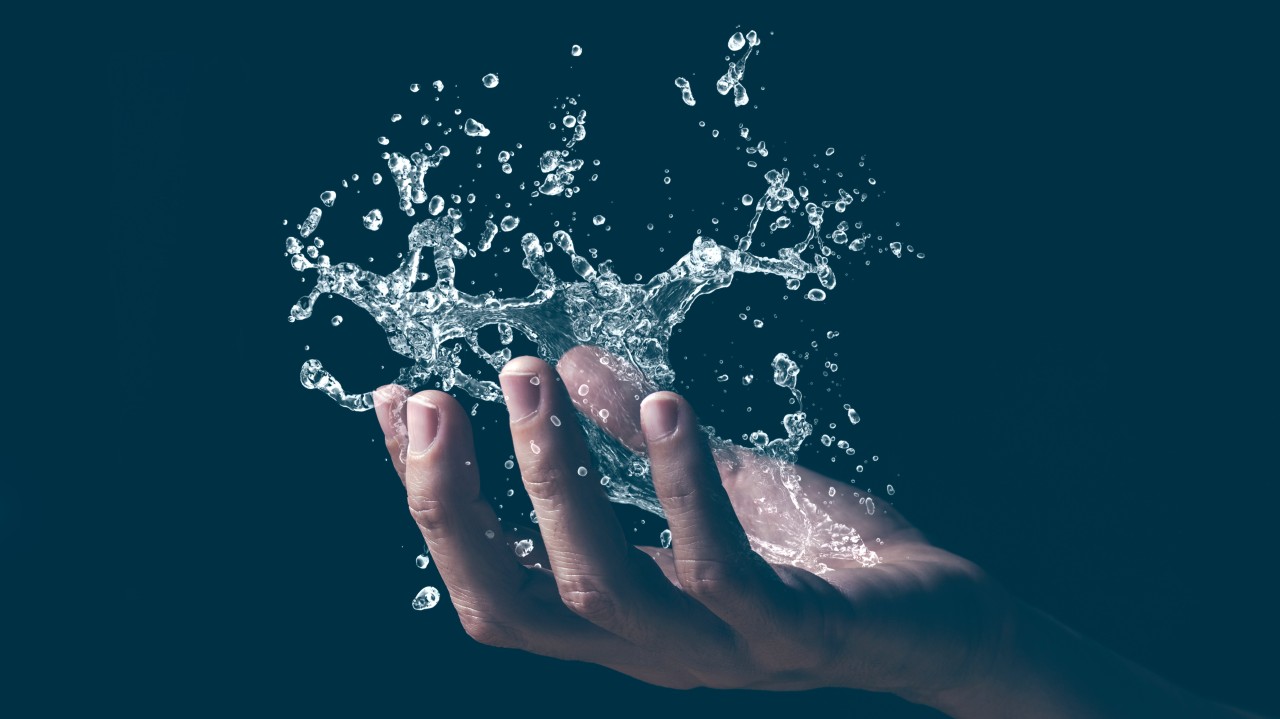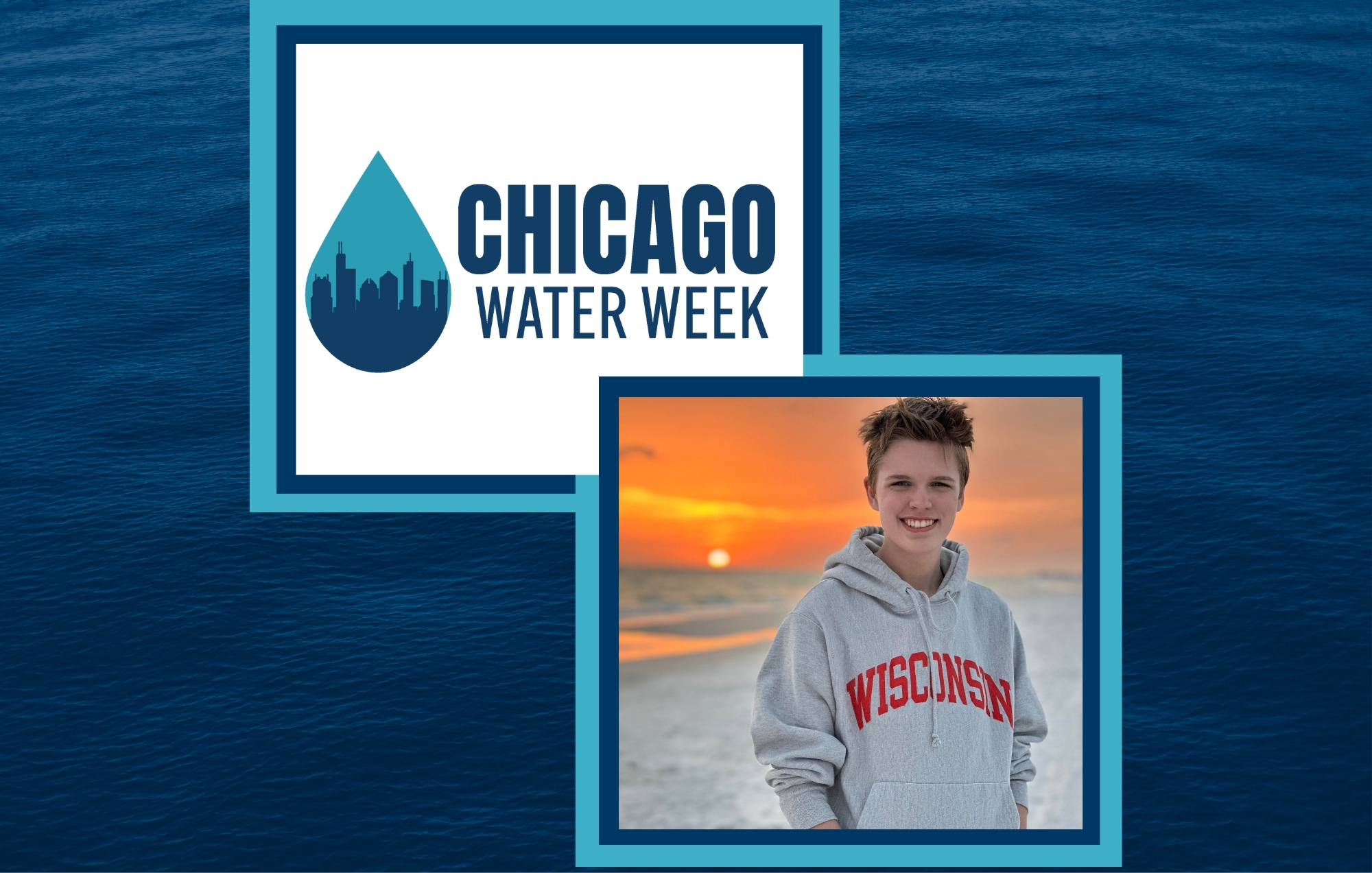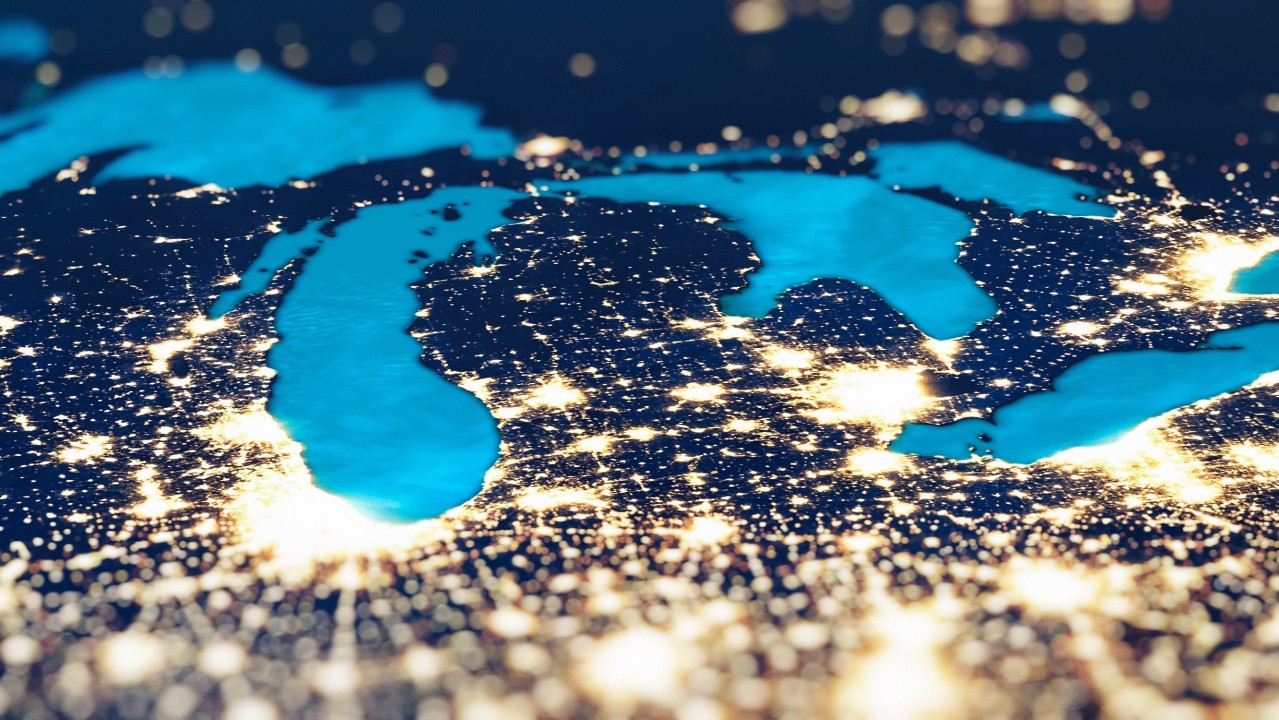As Commissioner of the City of Chicago’s Department of Water Management, Randy Conner has no small task on his desk. The Department is responsible for delivering nearly one billion gallons of fresh, pure water to the residents of Chicago and 125 surrounding suburbs every day. Rest assured, he and his team are up to the challenge.
Conner has dedicated his professional life to serving Chicagoans, at both the Chicago Department of Transportation and the Department of Streets and Sanitation. He has a long track-record of accomplishments that has led him to his current post. “I came to understand a lot about both infrastructure and creating efficiencies through my experience, and I am excited to have those insights, so I can take a holistic look at how to apply better practices to water,” Conner says.
With a mission of efficiently providing the highest quality drinking water to the Chicago region while simultaneously protecting Lake Michigan, the city’s most precious natural resource, Conner takes his job very seriously.
“Ensuring our water supply is secure is a top priority,” Conner says. Working closely with the federal government, he and his department defend our water supply with vigilance. “To test our cyber security, the CIA and Homeland Security have both tried to break into the system, and neither were able to.”
Another top priority is upgrading infrastructure. For example, the city undertakes 100 miles of water main reconstruction a year. And in doing so, it strives to ensure both quantity and quality. “Throughout the process, we are always looking at how to best stabilize the soil. Understanding exactly what the ground is doing when digging and backfilling is paramount in order to ensure the ground does not collapse and that we are building a system that will last through time.”
When asked what he enjoys most about his job, Conner jokes, “Not water main breaks in the Chicago winter!” It’s a nod to his warm, friendly demeanor, but he follows quickly with a more serious answer. “I’m proud of our conservation victories and the number of other cities that turn to us for guidance with their water challenges.”
From distribution to treatment to testing, governments from different states and different countries turn to Chicago as a water leader. “All cities that touch the Great Lakes have an opportunity and an ability to do more than cities without fresh water,” Conner says. “We are able to share our protocols on treatment and distribution to ensure other systems stay safe.”
Among the conservation victories he refers to is a focus on minimizing leaks in the city’s water main system. “In recent years, leakages have decreased from 13% to 9%, and it’s only going to get better. We are constantly increasing our due diligence in water stewardship.”
When it comes to water quality, standards are sky high as well. “Testing occurs 24 hours a day, 7 days a week, 365 days a year,” Conner shares. “This is critical because it allows us to catch changes in the water immediately and make any needed adjustments before it can become a problem.”
“We have an old school approach in how we treat water, but we are cutting edge in how we monitor it,” Conner explains. By this he means, many of the filtration systems used are traditional, but the testing systems are among the most modern in the world.
Conner refers to H2NOW Chicago as a prime example. H2NOW is a Current-led initiative and first-of-its-kind pilot project in the U.S. that is breaking new ground by monitoring and reporting Chicago River microbial pollution levels in real time.
“H2NOW shines as an example of both Current and Chicago’s water leadership,” Conner says. “It can be difficult to get the necessary private and public sector forces together and working on the same page for a project such as this, but Current is masterful at sector collaboration and has been able to make it happen.”
The real time monitoring provides a critical service on multiple fronts. As recreational activities, such as canoeing, paddle boarding and kayaking, continue to increase in popularity on the Chicago River, such data will inform residents of water quality in real time so they can make more informed decisions on how and when to interact with the waterway.
Beyond recreation, the data can alert other cities ahead of time if there are significant changes in water quality that could be coming their way. “This allows us to help protect not only Chicagoans but residents of other states as well. Which is something I am very proud of,” Conner shares.
The value Conner places on the partnership between Current and the City of Chicago extends far beyond the H2NOW initiative. “Current offers insight and connections to the most cutting-edge technology, data and processes,” he says. “That’s what we need to take water solutions to the next level.” He further adds, “The research they conduct and provide creates an extra arm in better understanding issues at the core of water, which we must do if we are going to conquer present and future challenges.”
“Together, we are developing ideas that will help generations to come preserve and use our natural resources.” We echo Randy’s sentiments and equally value our partnership.




